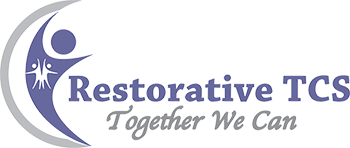Edutopia.org has been addressing the use of Restorative Practices in schools. In November, 2016, Maurice J. Elias wrote a blog interviewing Dr. Brian Smith who is a research scientist with the Committee for Children. In this blog, Dr. Smith explains how punitive approaches to discipline impact students (particularly students of color), why Restorative approaches support students, and how Restorative approaches connect to Social and Emotional Learning (SEL).
Dr. Smith makes many great points. However, I question if “Restorative practices that build positive school climate and healthy relationships depend on the foundation provided by SEL.” Instead, I suggest regular use of the circle process with existing practices and programs naturally increases students’ Social and Emotional Learning (SEL) competencies evidenced by my experience in a school serving at-risk students where staff and students participated in circle every two weeks. Students also created and led many of the circle discussions.
The circle process also encourages students to operate out of the Social and Emotional Learning competencies they have. Students are defiant at times and for a variety of reasons. That defiance can be as simple as making an irresponsible decision to talk at a time when they shouldn’t or as complex as a trauma trigger that causes defiant behavior. I remember being contacted toward the end of the school year to support a school where disruptive behavior had been the norm. After meeting with staff, we decided to use circles in 3 different classrooms for 4 weeks. Upon completion of the 1st circle, students completed a survey to determine if we should continue and 94.83% of students stated circles should continue. After talking with staff, I learned that student behavior exhibited in circle was far better than their behavior during instruction. At the end of the four-week session, students completed another survey and 87.93% indicated that circles should continue the following school year.
Therefore, I ask educators to consider using the practices regularly to increase SEL skills and use the practices with existing practices (e.g. lesson plans) and programs (e.g. Second Step) to increase participation, engagement, and critical thinking.





